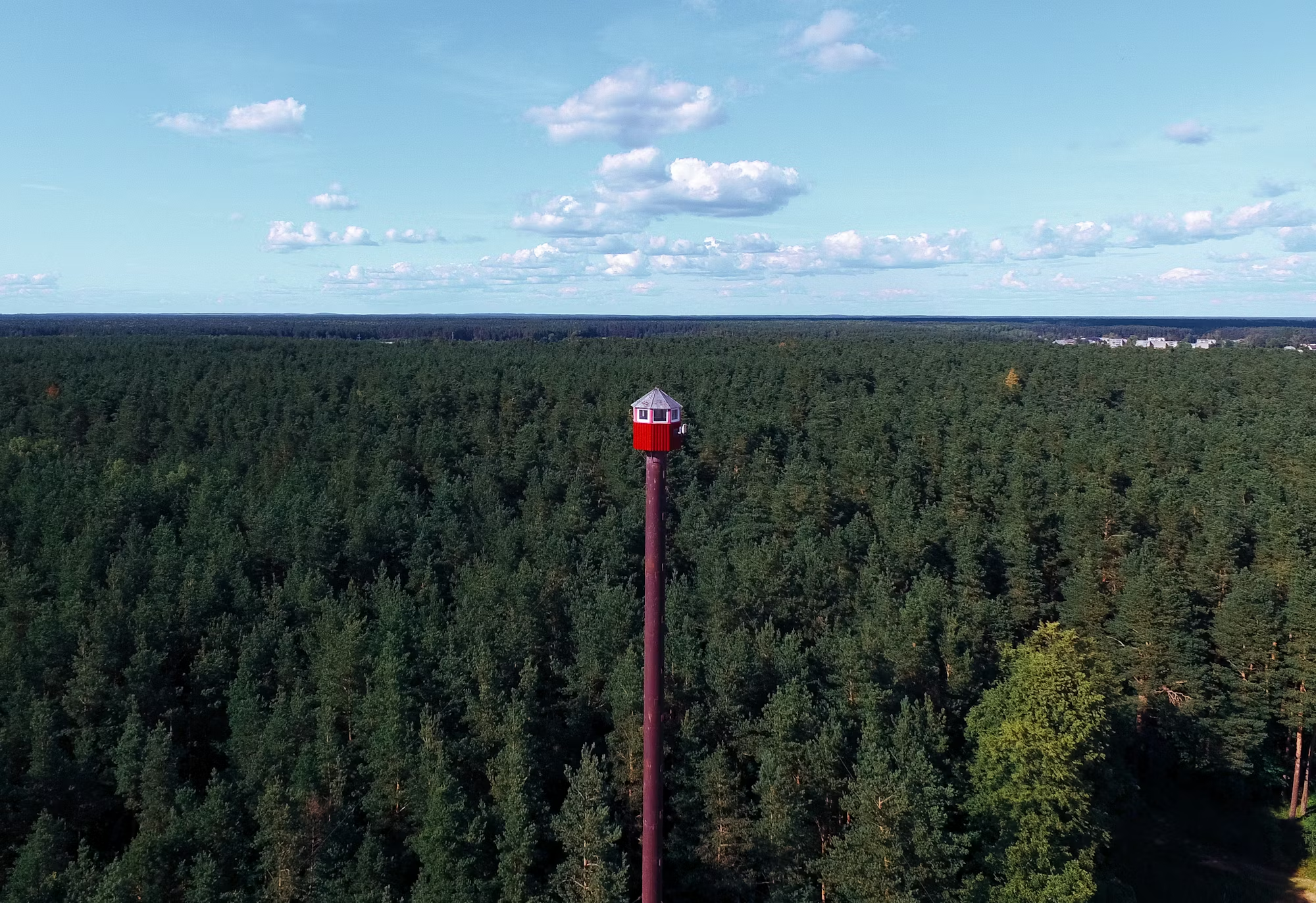Exploring Eco-Friendly Homes: The Rise of Sustainable Architecture

As the world becomes increasingly aware of environmental issues, the demand for eco-friendly homes has surged. Sustainable architecture is not just a trend; it represents a fundamental shift in how we approach design, construction, and living spaces. This article explores the principles of sustainable architecture, the benefits of eco-friendly homes, and how these innovations are shaping the future of residential living.
The Principles of Sustainable Architecture
Sustainable architecture is rooted in a commitment to minimizing environmental impact while maximizing the quality of life for its inhabitants. The key principles include energy efficiency, use of renewable resources, sustainable materials, and an emphasis on reducing waste. One of the primary goals is to create homes that are not only comfortable and aesthetically pleasing but also efficient in their use of resources.
Energy Efficiency is crucial in sustainable design. Homes are increasingly equipped with energy-efficient appliances, high-quality insulation, and advanced heating and cooling systems. For instance, passive solar design harnesses natural sunlight to heat living spaces, reducing reliance on fossil fuels. This approach is complemented by the use of technologies such as solar panels, which convert sunlight into electricity, providing homeowners with renewable energy sources.
Sustainable materials play a vital role in eco-friendly construction. Builders are turning to reclaimed wood, bamboo, recycled steel, and low-VOC (volatile organic compounds) paints to minimize environmental footprints. These materials not only reduce waste but also contribute to healthier indoor air quality, ensuring that homes are safe and comfortable for their occupants.
The Benefits of Eco-Friendly Homes
The advantages of eco-friendly homes extend beyond environmental considerations. These homes often lead to significant cost savings, improved health, and increased property values. For homeowners, energy-efficient designs can result in lower utility bills. By harnessing renewable energy and utilizing energy-efficient systems, residents can significantly reduce their monthly expenses.
Moreover, sustainable homes contribute to healthier living environments. Many eco-friendly designs prioritize natural ventilation and daylighting, which can enhance mood and well-being. The use of non-toxic materials also reduces exposure to harmful chemicals, fostering a safer indoor environment. Research has shown that individuals living in green homes report higher satisfaction and well-being, making these spaces not only environmentally friendly but also beneficial for mental health.
The Impact on Property Values
Investing in eco-friendly homes can also yield substantial returns. As more buyers seek sustainable options, the demand for green properties has risen, often resulting in higher market values. Real estate trends indicate that homes with green certifications, such as LEED (Leadership in Energy and Environmental Design), are more appealing to buyers, contributing to quicker sales and better price points.
Innovative Designs in Eco-Friendly Homes
Modern eco-friendly homes showcase innovative designs that blend aesthetics with sustainability. Architects are increasingly adopting a holistic approach to design, integrating nature into their structures. This can include green roofs that support plant life and provide natural insulation, as well as walls made of living plants that improve air quality.
Additionally, open floor plans are becoming popular in sustainable homes, promoting airflow and natural light. Large windows and skylights allow sunlight to flood in, reducing the need for artificial lighting during the day. This design not only lowers energy consumption but also creates bright, inviting spaces that enhance the overall living experience.
The Role of Smart Technology
Smart technology is another crucial element of modern eco-friendly homes. Home automation systems can optimize energy use by controlling lighting, heating, and cooling based on occupancy and time of day. Smart thermostats, for example, learn user preferences and adjust settings accordingly, providing comfort while minimizing energy waste.
Furthermore, water-saving technologies, such as low-flow faucets and rainwater harvesting systems, contribute to the sustainability of these homes. Homeowners can monitor their water usage through smart devices, allowing for more efficient management of this vital resource.
Community and Urban Development
The movement toward eco-friendly living is also influencing community and urban development. Sustainable neighborhoods are designed with walkability in mind, reducing reliance on cars and promoting a healthier lifestyle. Green spaces, parks, and community gardens encourage social interaction and provide residents with areas to relax and connect with nature.
As cities face challenges related to urbanization and climate change, sustainable development practices are becoming essential. Eco-friendly buildings, efficient public transportation, and green infrastructure contribute to the resilience of urban environments, making them better equipped to handle environmental stresses.
Conclusion: The Future of Living
The rise of eco-friendly homes marks a significant shift in how we think about residential living. As awareness of environmental issues continues to grow, sustainable architecture will play a crucial role in shaping our future. By prioritizing energy efficiency, sustainable materials, and innovative design, we can create living spaces that not only enhance our quality of life but also contribute to a healthier planet.
In conclusion, eco-friendly homes represent more than just a design choice; they embody a commitment to sustainability and responsible living. As we move forward, embracing these principles will be vital in addressing the challenges of our time and ensuring a brighter future for generations to come.





